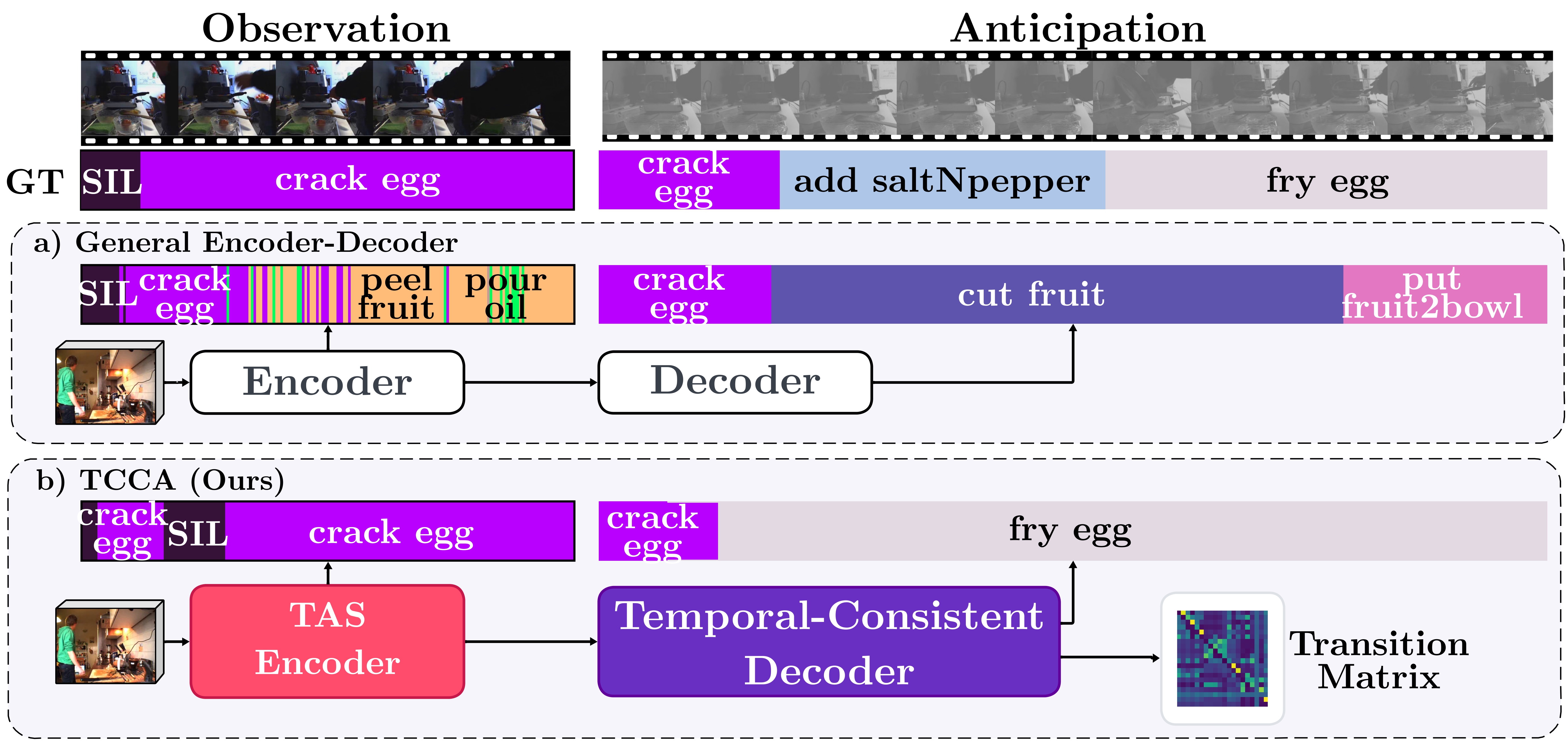👋🏼 Hi! I'm Alberto!
👨🏻💻 I'm a Computer Vision and AI engineer with over two years of experience developing and optimizing AI models for real-world applications. My expertise spans multimodal learning, video understanding, and deploying scalable, production-ready models, shaped through hands-on research and industry experience.
🔬 Currently, I'm pursuing my Master's Thesis at the CVML lab at the National University of Singapore (NUS), working on advanced video moment retrieval models.
📚 Feel free to explore my website to learn more about my projects and insights from my journey in AI.

Publications
Projects
Welcome to my project portfolio! Explore a selection of my projects, showcasing my work. 🚀
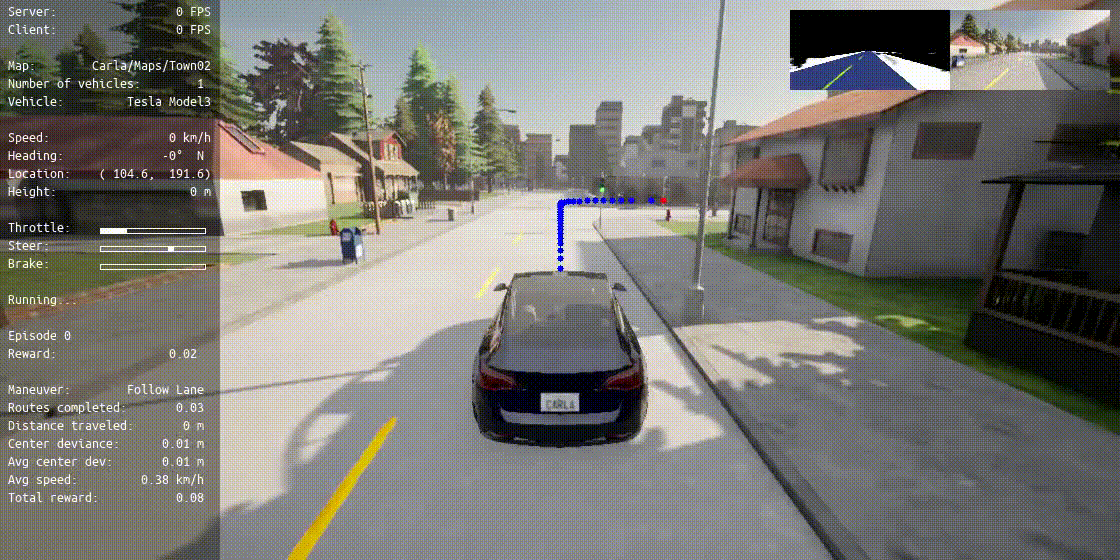
GitHub
⭐ 80+ stars on GitHub
This project introduces an out-of-the-box training and evaluation environment for deep reinforcement learning (DRL) in the CARLA simulator based on StableBaselines3 library. This project was made as part of my Bachelor's thesis.
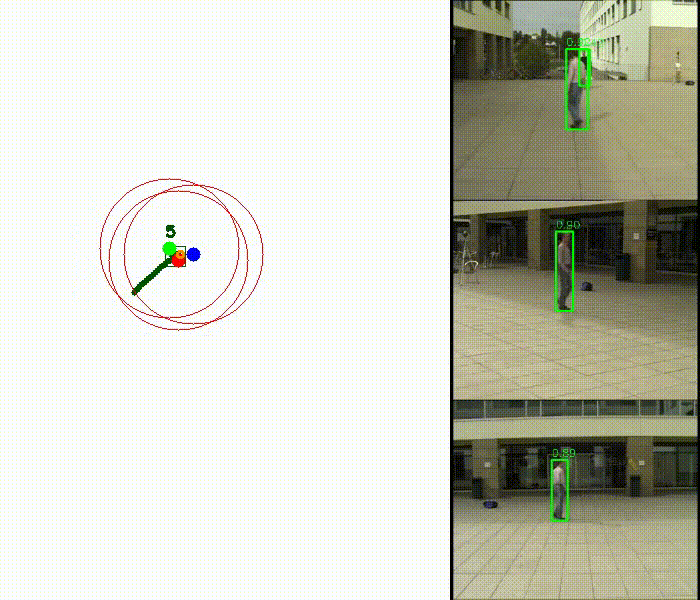
A multi-camera pedestrian tracking system that fuses views from multiple cameras observing the same scene. The system uses YOLOv7 for initial person detection, projects the detected bounding boxes onto a common ground plane using homography transformations, and applies filtering, clustering, and tracking algorithms to accurately determine people's positions in real-time. This project has been succesfully deployed in real world use cases.

Podcast Website
A fully automated podcast that delivers daily summaries of the most relevant economic news. It uses Gemini, LangChain and VertexAI platform to gather and summarize articles, crafts a custom script, and converts it to audio using Google TTS. Each episode also features a unique AI-generated cover image. Everything runs on Google Cloud with a daily cron job, and I built the frontend in Next.js to bring it all together.
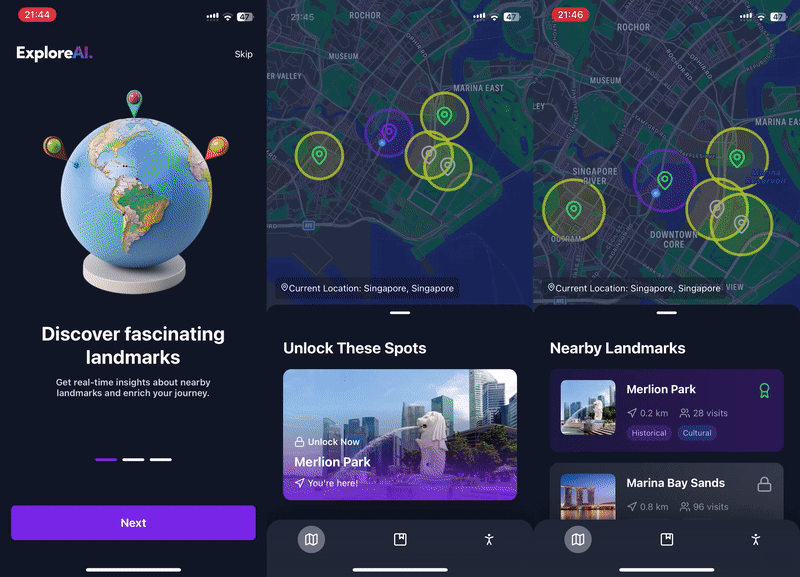
GitHub
ExploreAI is a mobile app designed to make city exploration interactive. It uses real-time location data and AI-driven descriptions to guide users through landmarks, unlocking information as they explore. I created this project to learn about app development and AI integration, using React Native and Expo for cross-platform support, PostgreSQL for data, Clerk for authentication, and OpenAI and Wikipedia APIs for dynamic content.
GitHub Report
Clean PyTorch implementation of Randomized Ensembled Double Q-Learning, a model-free reinforcement learning algorithm that achieves high sample efficiency in continuous action space domains. It demonstrates faster learning than SAC on OpenAI Gym environments.
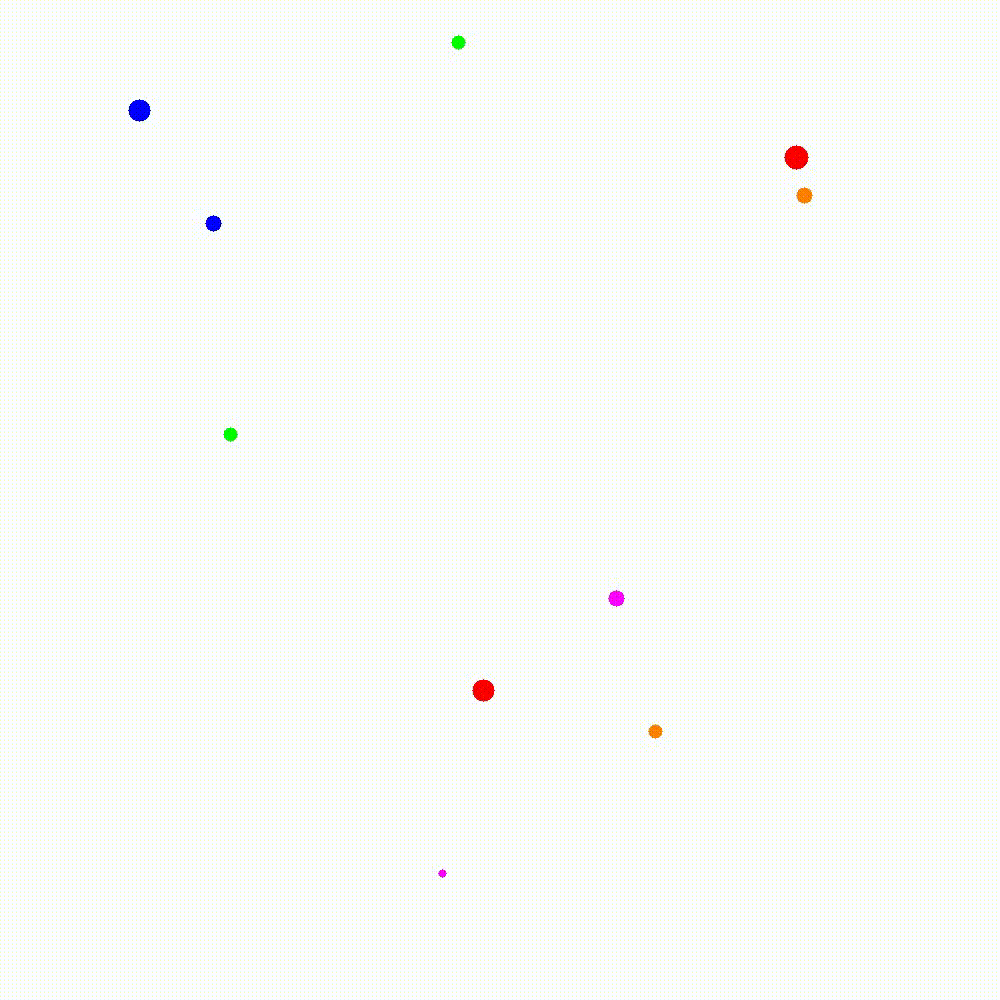
GitHub
This project analyzes and compares the performance of Array of Structures (AoS) and Structure of Arrays (SoA) in a C++ gravitational simulator, focusing on efficiency improvements. Additionally, it explores performance gains from parallelizing the code with OpenMP for multi-threaded execution.
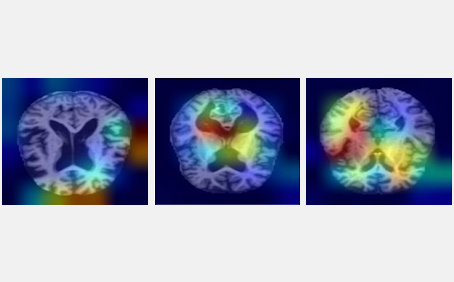
GitHub
This project uses CNNs to classify MRI scans and predict Alzheimer's disease severity across four stages: NonDemented, VeryMildDemented, MildDemented, and ModerateDemented. Grad-CAM is applied to visualize key brain areas influencing the model's classification decisions.
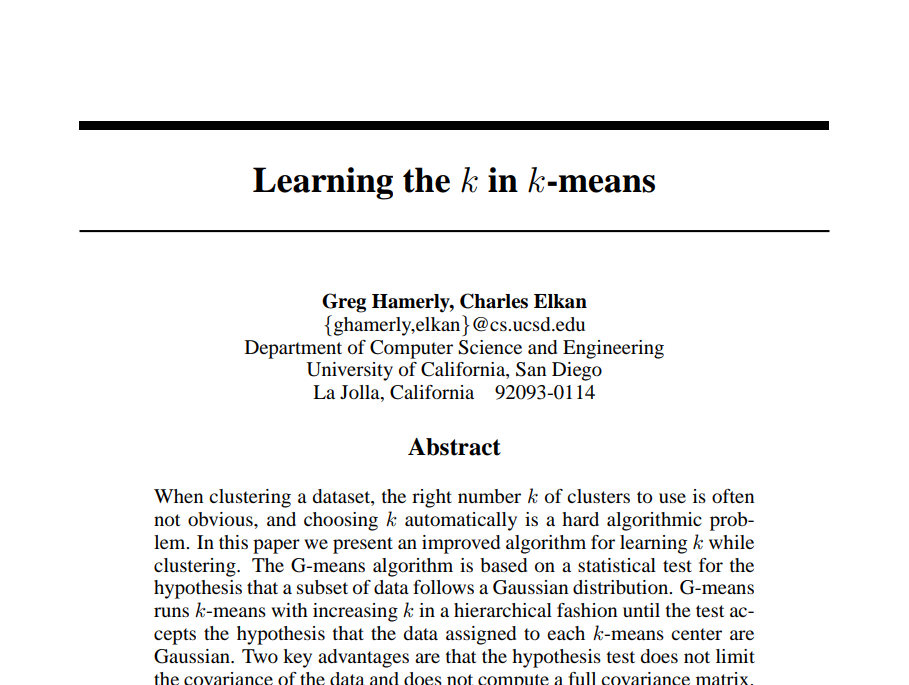
GitHub
GMeans is an adaptive clustering algorithm that automatically determines the optimal number of clusters by recursively applying a statistical hypothesis test to validate the Gaussian distribution of cluster subgroups. By extending KMeans with a principled statistical approach, the algorithm dynamically splits clusters and assesses their statistical coherence, enabling data-driven cluster selection without manual tuning.
